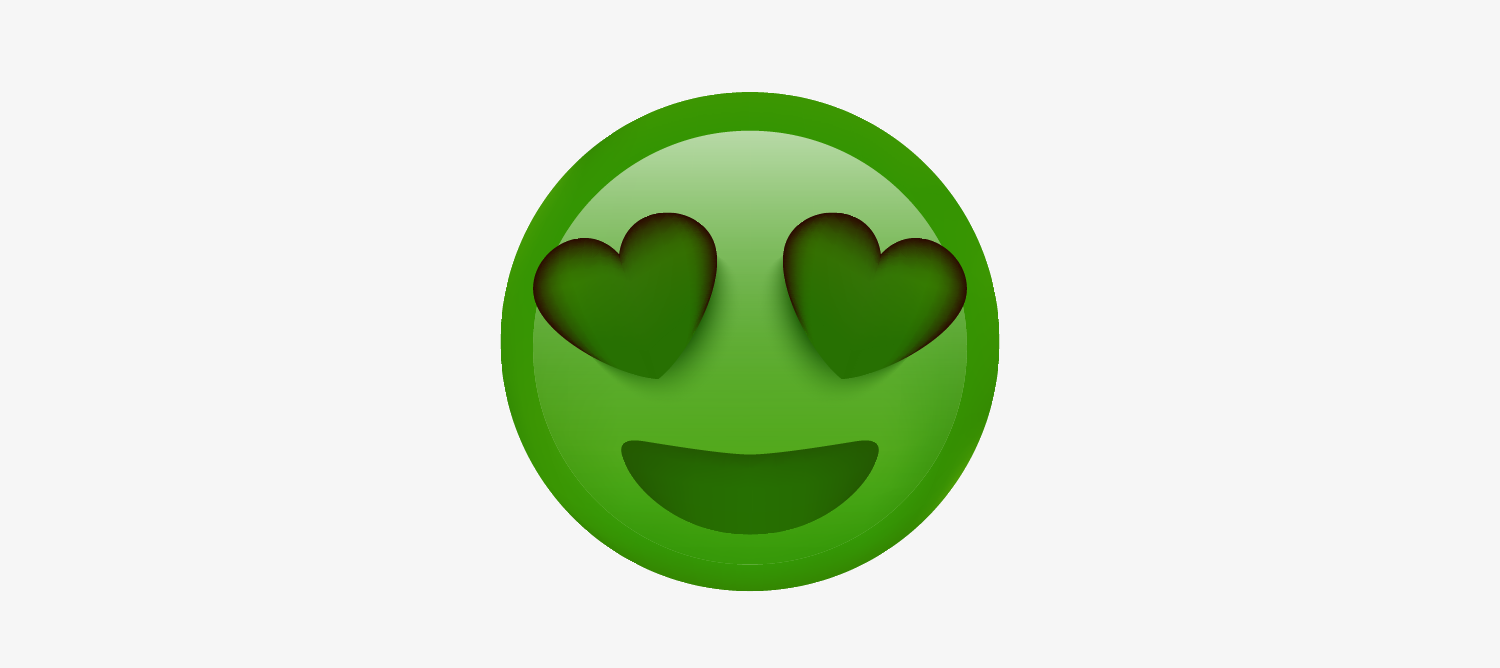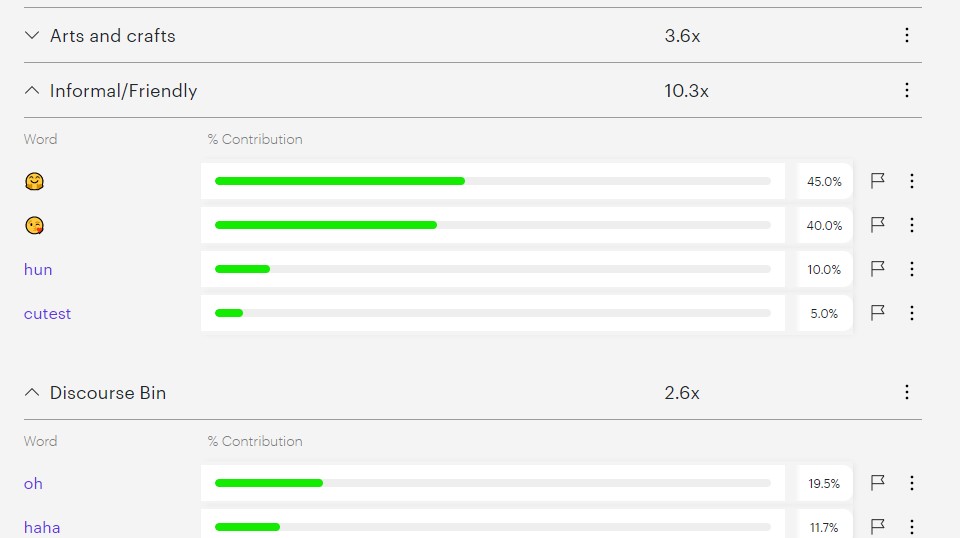Emoji analysis: Relative Insight’s latest release

By Ryan Calihan
Whether you like it or not, emojis are now part of our lives. And being able to perform sophisticated emoji analysis is more important than ever. From their humble beginnings in the 90s in Japan to the cringe-fest that was the Emoji Movie, they’ve undergone massive changes and shifts in a relatively short period of time but have heavily influenced communication and culture.
Everyone seems to have their own ideas about emojis. There are language snobs out there who think that language should be an unchanging and stuffy affair and who have voiced their moral outrage for years, shouting into the void that emojis are a sign that humans are devolving as a species.
This can be exemplified by a reoccurring meme which seems to invade my feed at least once every couple months:

As a linguist myself, this outdated meme never ceases to make my eyes roll as far as they can into my head (🙄 if you will), and the premise of it is that emojis are an inferior form of communication, similar to primitive and simple hieroglyphics. But I have a couple issues with this:
- Firstly, language does not devolve – human languages were just as rich and complex 4,000 years ago as they are today.
- Secondly, Egyptian hieroglyphics are not simple pictographs – they are logographic (like Mandarin), syllabic (like Japanese), and alphabetic (like English), and so were just as complex as any writing system today.
- Lastly and most importantly, emojis are not a language.
Emojis are not a language
Emojis, by themselves, are not a language. You cannot use them as a substitute for English, Japanese, or any other human language. There have been good natured attempts over the years to use emojis as a substitute for English (Like Emoji Dick, for example), but pretty much every attempt is just trying to be cute or clever.
Harder still…
🌲🌲🌲🍤🍫🏃🏻 #WorldEmojiDay #Filmoji
— ParamountUK (@ParamountUK) July 17, 2015
Guessing a film title from a set of emojis. A cute and fun game, but not how emojis are normally used. (The answer to this was Forrest Gump, btw)
Emojis cannot really be a substitute for words and do not fulfil a grammatical function
What emojis actually do is fill a very large important gap in our textual lives as they fill the space left by the absence of our physical bodies and voices.
Emojis have evolved to be one of the most effective and natural replacements we have for gestures and intonation in written communication. And although they can often be used on their own (usually as a response to something), they are normally used together with text (usually at the end of a statement).
Emoji analysis in action
👍:
In one of the most simple cases, emojis often mirror a physical gesture as is the case for 👍 or 👋. These are pretty unambiguous, can usually be used on their own, and are an easy and more personable way to respond to others.
🚨:
However, there are many emojis which do not have a direct gesture. For instance, many serve to direct the audience’s attention to something noteworthy or important. 🚨 at the start of a tweet might alert readers that there is breaking news, and then👆 in a forum thread might be used to refer to a previous post or even show agreement to what it said. These type of emojis compliment and intensify the language used around them.
This type of emoji analysis might not have a direct correlation to an identical gesture irl, but they usually have a logical connection to their use.
Our very own Twitter account using “👉” to draw our attention to a link
💅🏿:
But not all emojis are so straight-forward, and their meanings are completely disconnected from the actual image. Take 💅🏿 for example. Does it simply mean “to get ones nails done”? It can, but usually it doesn’t. Rather than having anything to do with nails, this emoji is actually meant to give an air of nonchalance or indifference, coming from African American Vernacular English (where a large chunk of new/popular terms are appropriated from).
Astrophysicist Dr. Rachael Ainsworth casually bragging about influencing funding for science in the UK by doing some really cool stuff like it’s no big deal with the “💅” emoji.
Or take “🙃” for example. Turning our faces upside down is not something we can generally do in the flesh. But this emoji at the end of a sentence could imply that someone is being goofy, sarcastic or has pointed out something ridiculous.
AOC pointing an absurd statement from Home Alone 2 extra and Bean Promoter, Donald Trump with the “🙃” emoji
Many emojis have evolved from a specific sub-culture or pop-culture reference and their etymology can be just as interesting and convoluted as words themselves.
Emojis add colour to language
Emojis add richness and complexity to the language we use every day. They help communicate the unspoken and add emotion as well as complexity. This should be reflected in how we analyse language. Adding one simple emoji can completely change the meaning and intention of text. Take this simple statement for example:
- That’s great 😍
- That’s great 🙄
- That’s great 💩
- That’s great 🔥
Adding an emoji changes the mood, sentiment, intensity and the emphasis of a simple adjective and adds a new layer of meaning to the text. Emojis are not just a fad. Emojis are here to stay and our understanding of communication has to reflect this.
Relative Insight and Emoji analysis🧐
At Relative, text analysis is what we do, and our technology is the only of its kind. That said, we didn’t design our platform to simply figure out how the rule books say we should communicate – we’ve created it to understand how people actually communicate. And to reflect this, in our latest release we’ve just integrated emoji analysis into our dashboard! 🎉

From today, all of the unsaid intentions of emojis will now be seamlessly integrated as part of the language comparison dashboard adding further insight into what your audiences are talking about.
Emojis are not a novelty. They enrich how we communicate with each other and add layers of depth to our interactions. They are a part of our lives, for better or for worse. In my opinion, it’s for the better.